The Yen Tu - Vinh Nghiem - Con Son - Kiet Bac complex of historical sites and scenic spots has just been inscribed on the UNESCO World Heritage List. Bac Ninh province has two of the twelve component sites of this complex: Vinh Nghiem Pagoda and Bo Da Pagoda.
Speaking to reporters, Mr. Mai Son, Permanent Vice Chairman of the People's Committee of Bac Ninh province, said: The Yen Tu - Vinh Nghiem - Con Son - Kiet Bac complex of historical sites and scenic spots is the 9th heritage site in Vietnam to be recognized as a World Heritage site.
Bac Ninh has two of the twelve component sites of the Heritage Complex: Vinh Nghiem Pagoda and Bo Da Pagoda.
The heritage complex spans three provinces and cities: Quang Ninh, Bac Ninh, and Hai Phong, with 12 historical sites and scenic spots planned and integrated into a unified whole in terms of both space and spirituality.
“This is an inter-provincial complex of historical sites and scenic spots, comprising many component sites with different characteristics and values. This poses a significant challenge in researching, documenting, unifying management, preserving, and promoting the heritage value. The documentation requires a large amount of information and scientific data.”
To be recognized by UNESCO, the dossier must demonstrate the outstanding universal value of the heritage. Therefore, it requires extensive research, gathering archaeological, historical, and cultural evidence to clarify the formation, development, and spread of Truc Lam Buddhism. Compiling, editing, and supplementing information as required by ICOMOS is also complex and requires close coordination,” Mr. Mai Son said.
According to Mr. Mai Son, the Vinh Nghiem Pagoda (Tan An Ward) and Bo Da Pagoda (Van Ha Ward) in Bac Ninh are recognized as two centers of Truc Lam Buddhism, playing an important role in maintaining and developing Buddhism. These sites preserve a unique system of woodblock prints, with the collection at Vinh Nghiem Pagoda comprising 3,050 woodblocks carved with Buddhist scriptures, medical texts, and precepts in Chinese and Nom script. This collection has been inscribed by UNESCO as a Documentary Heritage under the Memory of the World Programme for the Asia-Pacific region.
Vinh Nghiem Pagoda (also known as Duc La Pagoda) is one of the oldest pagodas in Vietnam and possesses exceptional historical, cultural, and architectural value. It is located in Quoc Khanh village, Tan An commune, Bac Ninh province.
Vinh Nghiem Pagoda was built during the Ly Dynasty, and in the 13th century, Emperor Tran Nhan Tong renovated and developed it into an important Buddhist center of the Truc Lam Zen sect. Throughout its more than 700-year history, Vinh Nghiem Pagoda has retained its ancient beauty.
One of the valuable assets of Vinh Nghiem Pagoda is its collection of woodblock prints. This is one of Vietnam's priceless cultural heritages. The collection consists of 3,050 wooden blocks carved with Chinese and Vietnamese characters, crafted between the 17th and early 20th centuries. The content of the collection includes Buddhist scriptures, Buddhist precepts, and books on treating illnesses using folk remedies.
The architecture of Vinh Nghiem Pagoda harmoniously blends traditional and modern elements. The structures within the pagoda are built in the traditional Vietnamese style, featuring intricately carved, curved tiled roofs. Alongside this, the pagoda is also equipped with modern amenities to meet the needs of visitors and pilgrims.
Vinh Nghiem Pagoda is one of the oldest and most historically, culturally, and architecturally significant pagodas in Vietnam. Its grand and imposing architecture reflects the flourishing of Buddhism during the Tran Dynasty.
With its historical and cultural values, Vinh Nghiem Pagoda was classified as a national historical and cultural relic by the State in 1964. Subsequently, in 2015, the Vinh Nghiem Pagoda festival was recognized by the State as a national intangible cultural heritage.
The Bo Da Pagoda complex is a famous ancient temple in the former Kinh Bac region. One of the oldest and most sacred temples in the Kinh Bac area, its official name is Quan Am Pagoda on Bo Da Mountain, or Bo Da Son Quan Am Son Tu, often shortened to Bo Pagoda or Tu An Tu. The pagoda is situated in an auspicious location, to the north of the foot of Phuong Hoang Mountain in the Bo Da mountain range, with the picturesque Cau River in the distance.
The Bodhi Temple pagoda garden is one of the most beautiful and largest pagoda gardens in Vietnam, comprising 110 pagodas and tombs of varying sizes. Among them are 97 ancient pagodas, some hundreds of years old, which house the cremated remains of 1214 Buddhist monks and nuns of the Lam Te Zen sect from across the country.
Most of the towers in the garden are 3-4 stories high, with an overall height of 3-5m, and the towers dedicated to the founding masters are even larger.
The Bo Da Pagoda complex boasts a unique and distinctive architecture compared to traditional pagodas in Northern Vietnam. Its "inner connection, outer enclosure" style, surrounded by lush green bamboo groves and earthen ramparts, creates a serene and sacred atmosphere. With over 100 stupa tombs, the Bo Da Pagoda stupa garden has been recognized by the Vietnam Record Holders Association as the largest stupa garden in Vietnam.
Source: https://vietnamnet.vn/hai-bieu-tuong-phat-giao-gop-phan-dinh-danh-bac-ninh-tren-ban-do-di-san-the-gioi-2422123.html


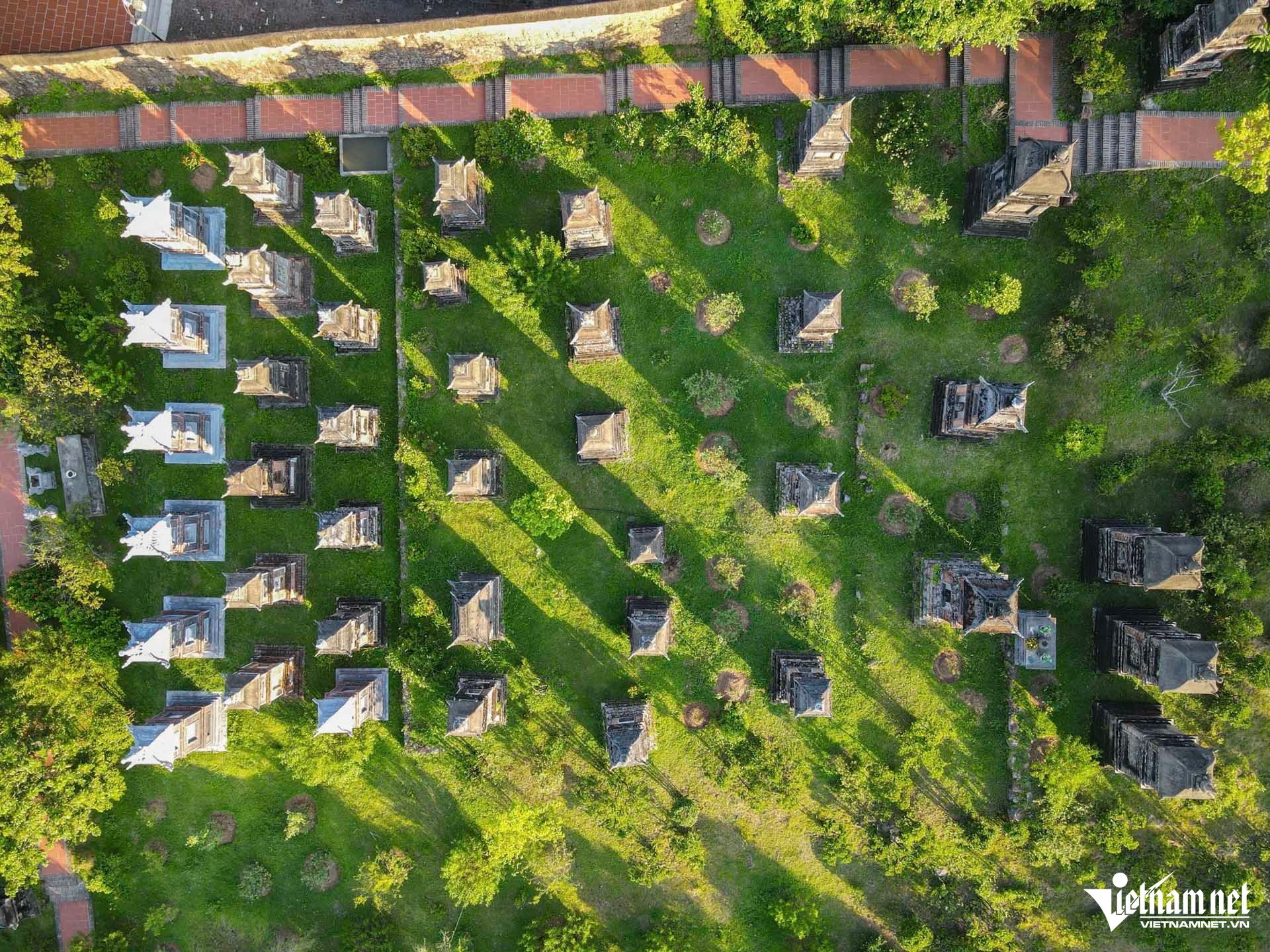
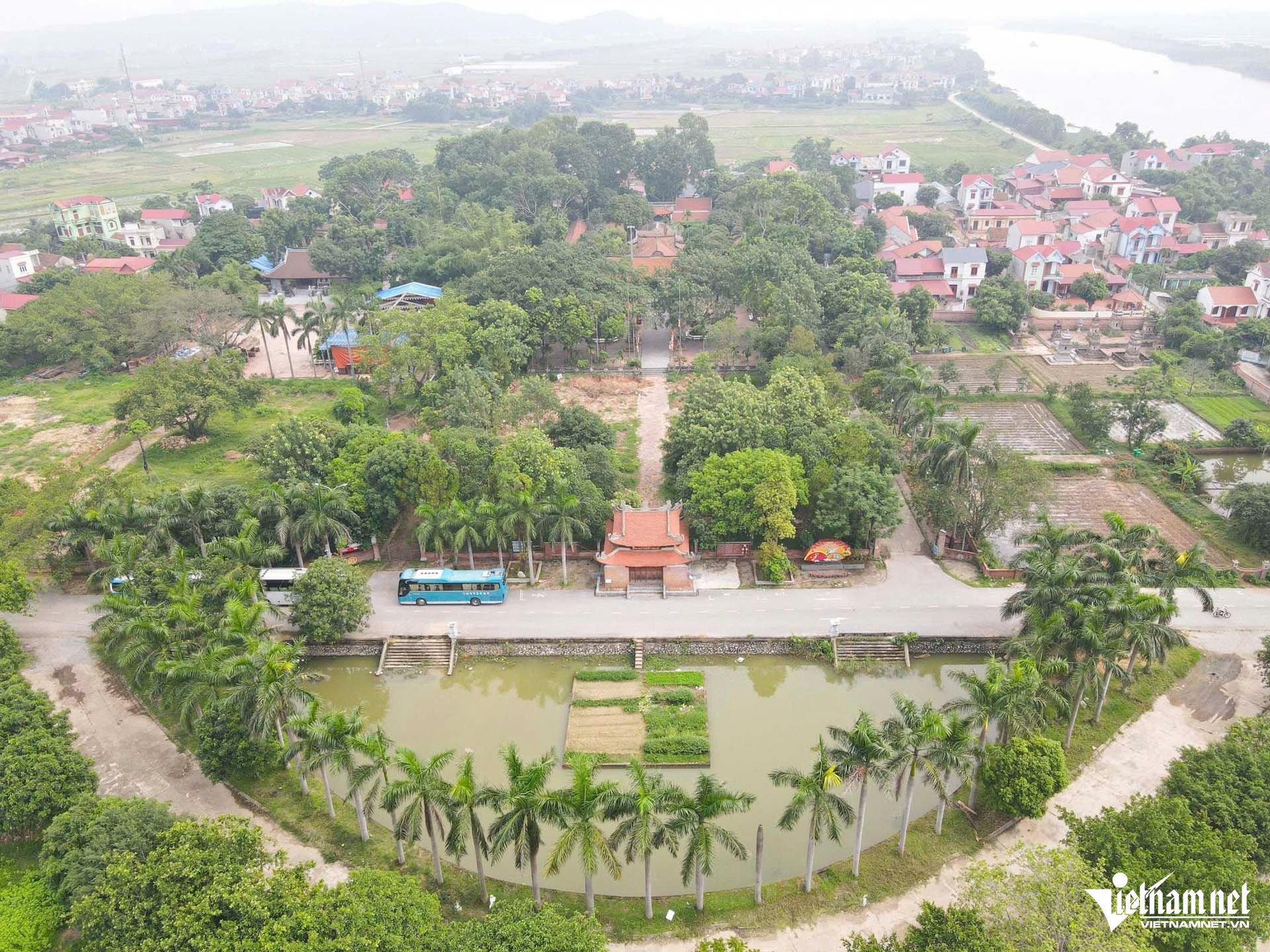
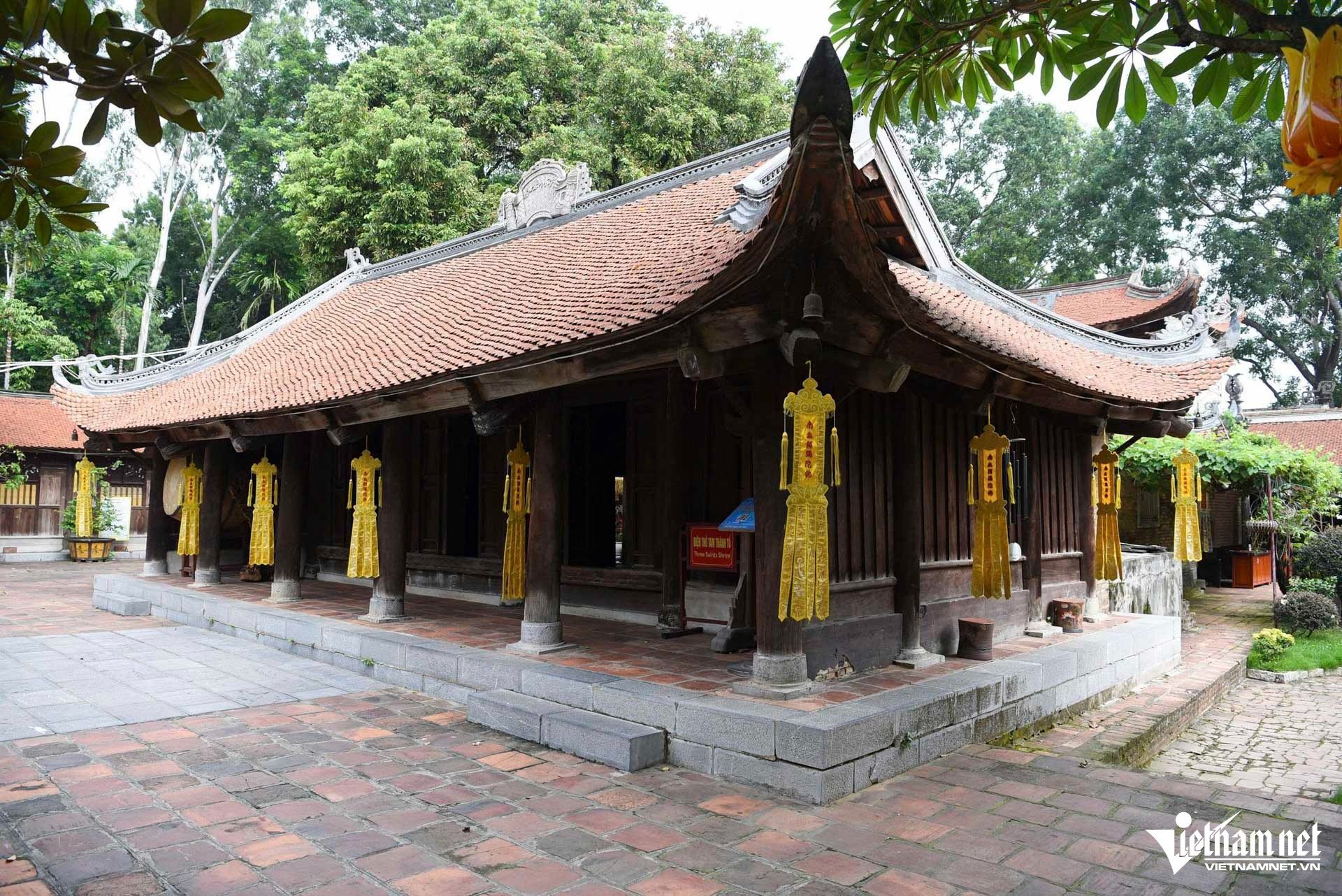
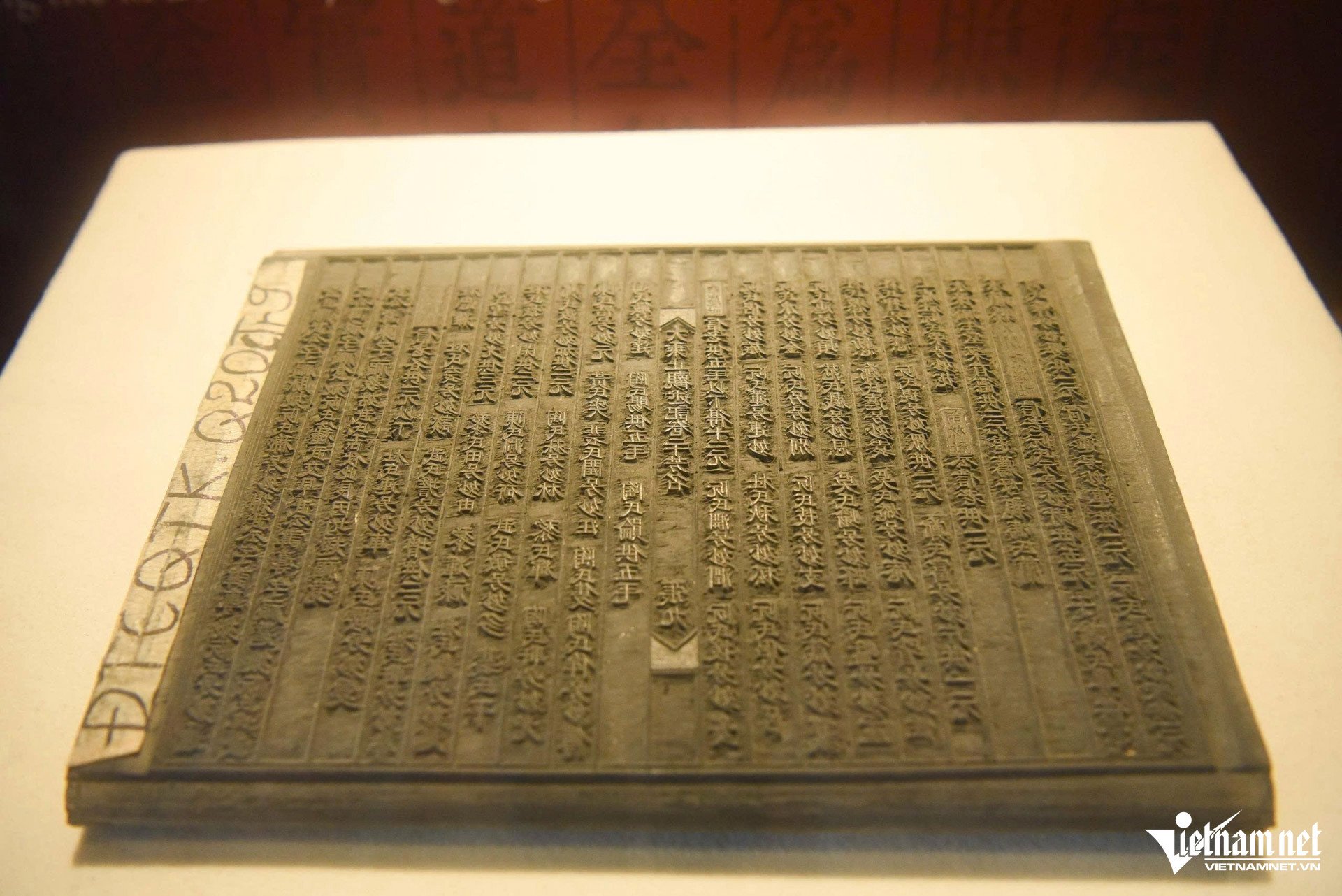
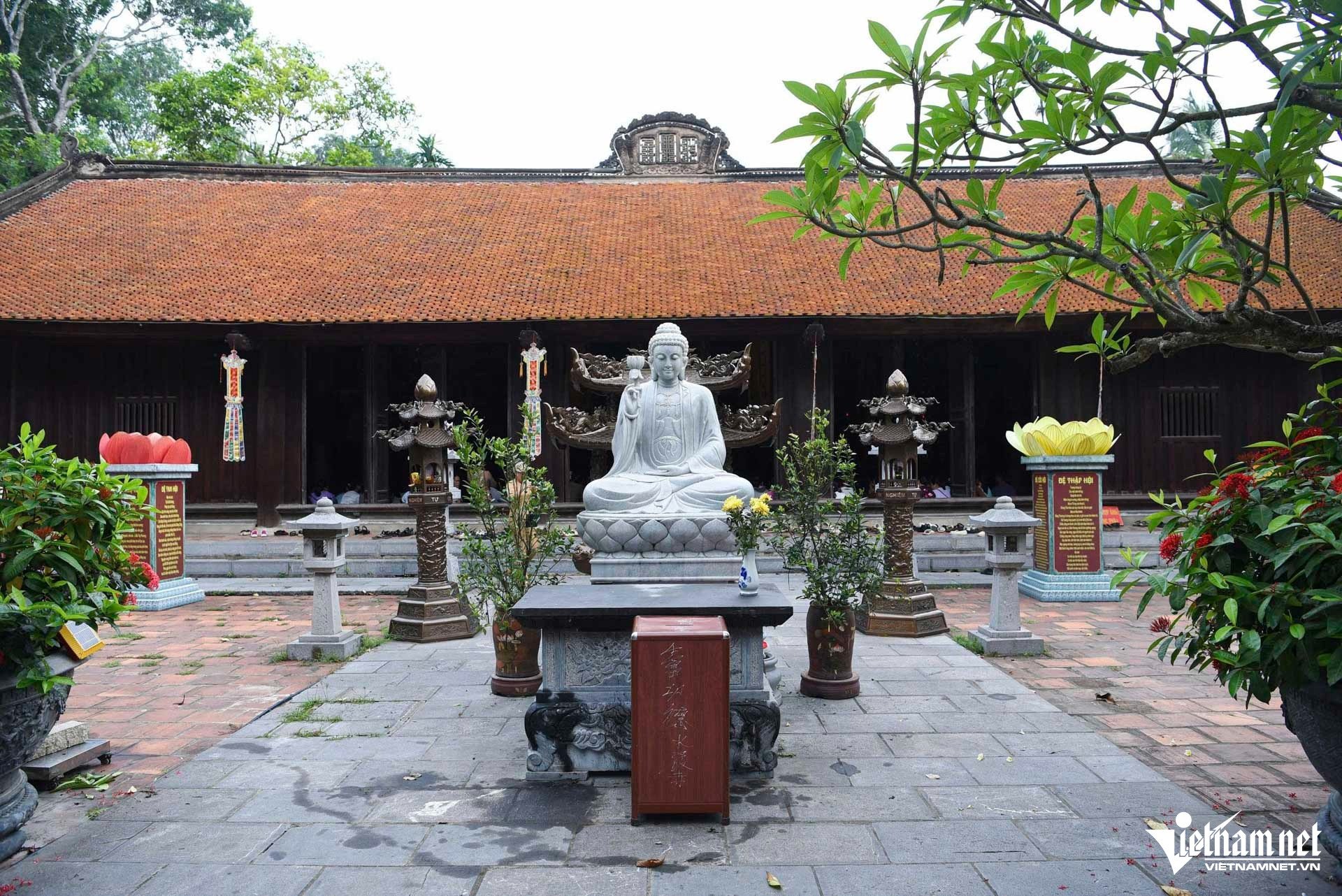
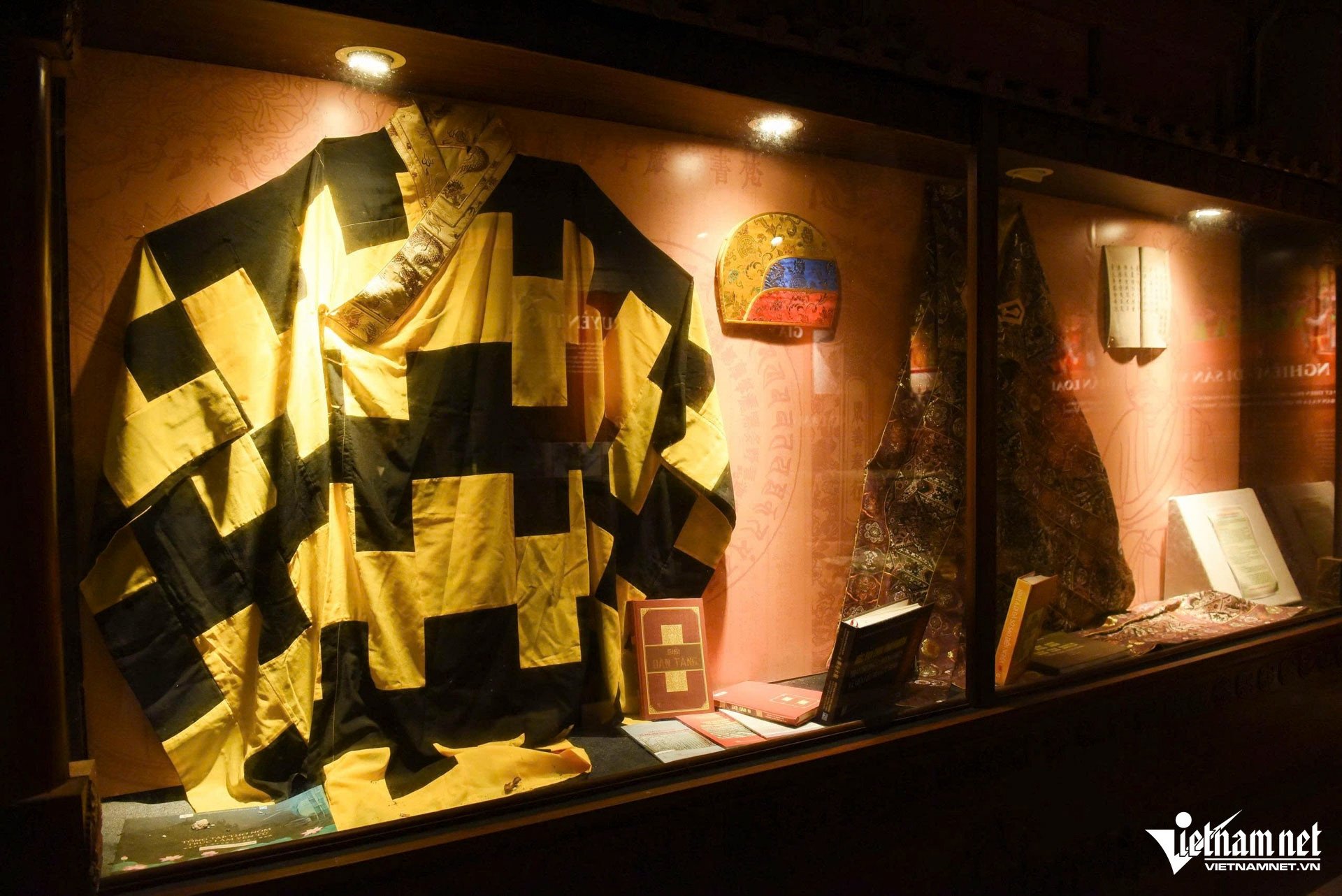
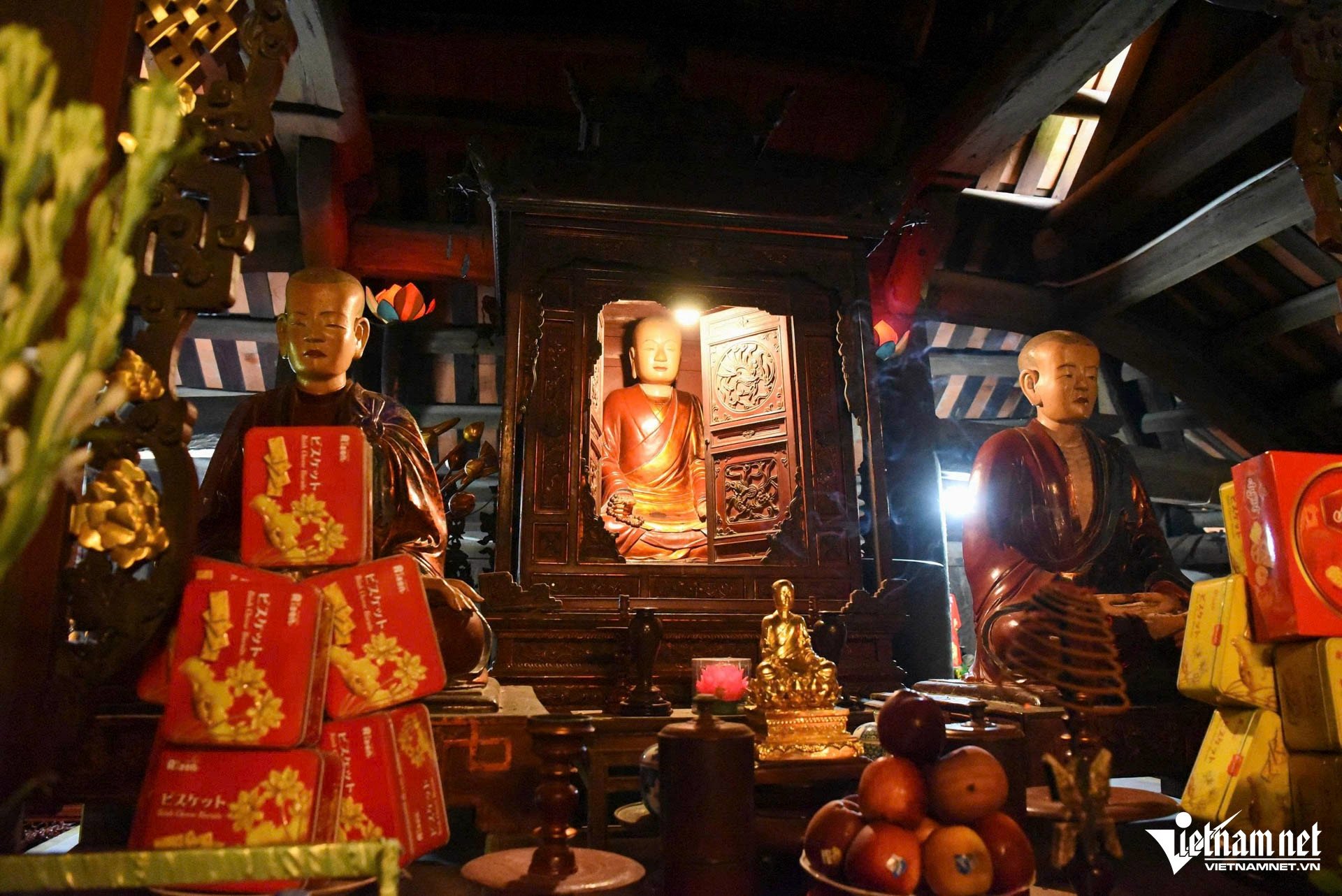
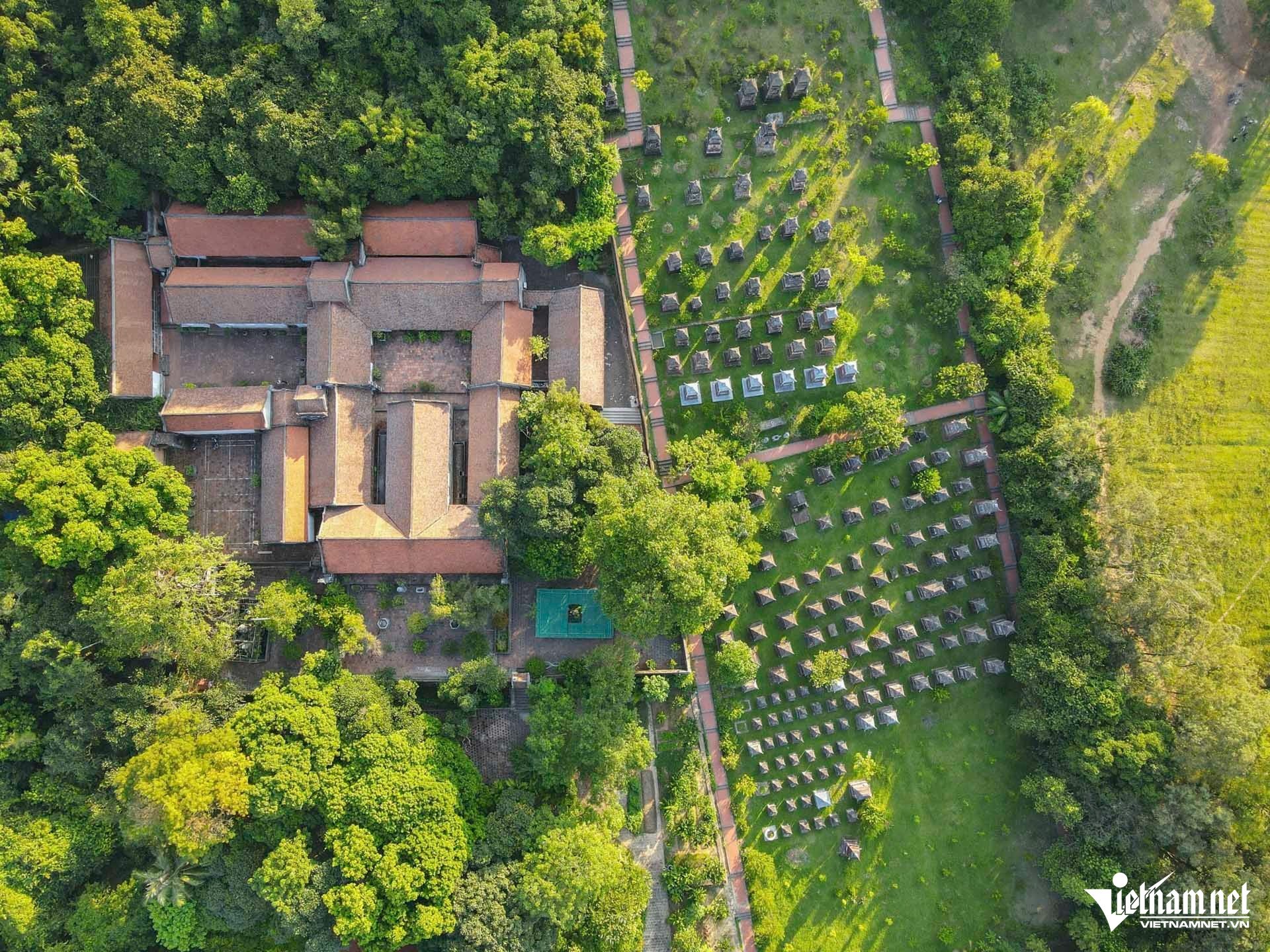
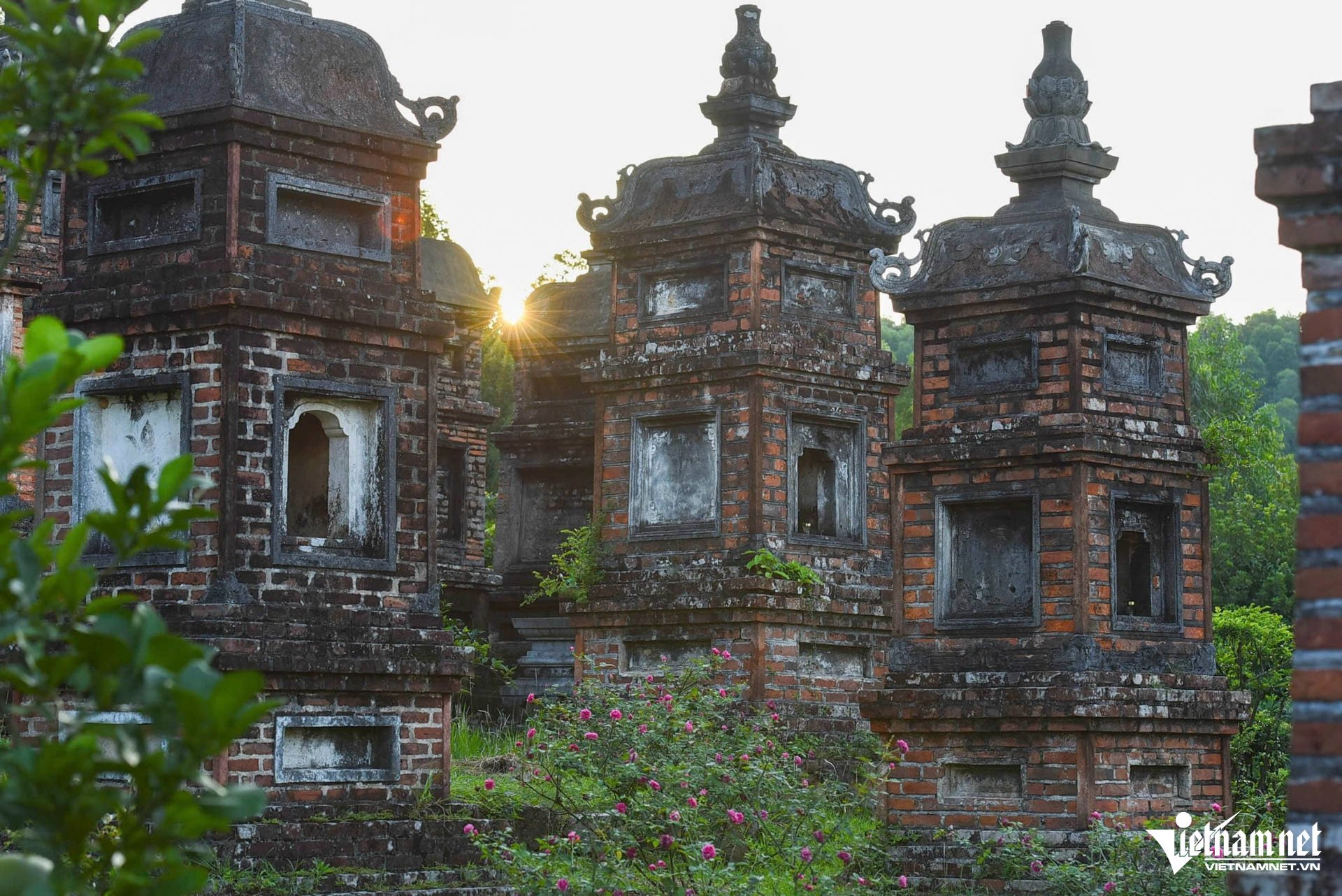
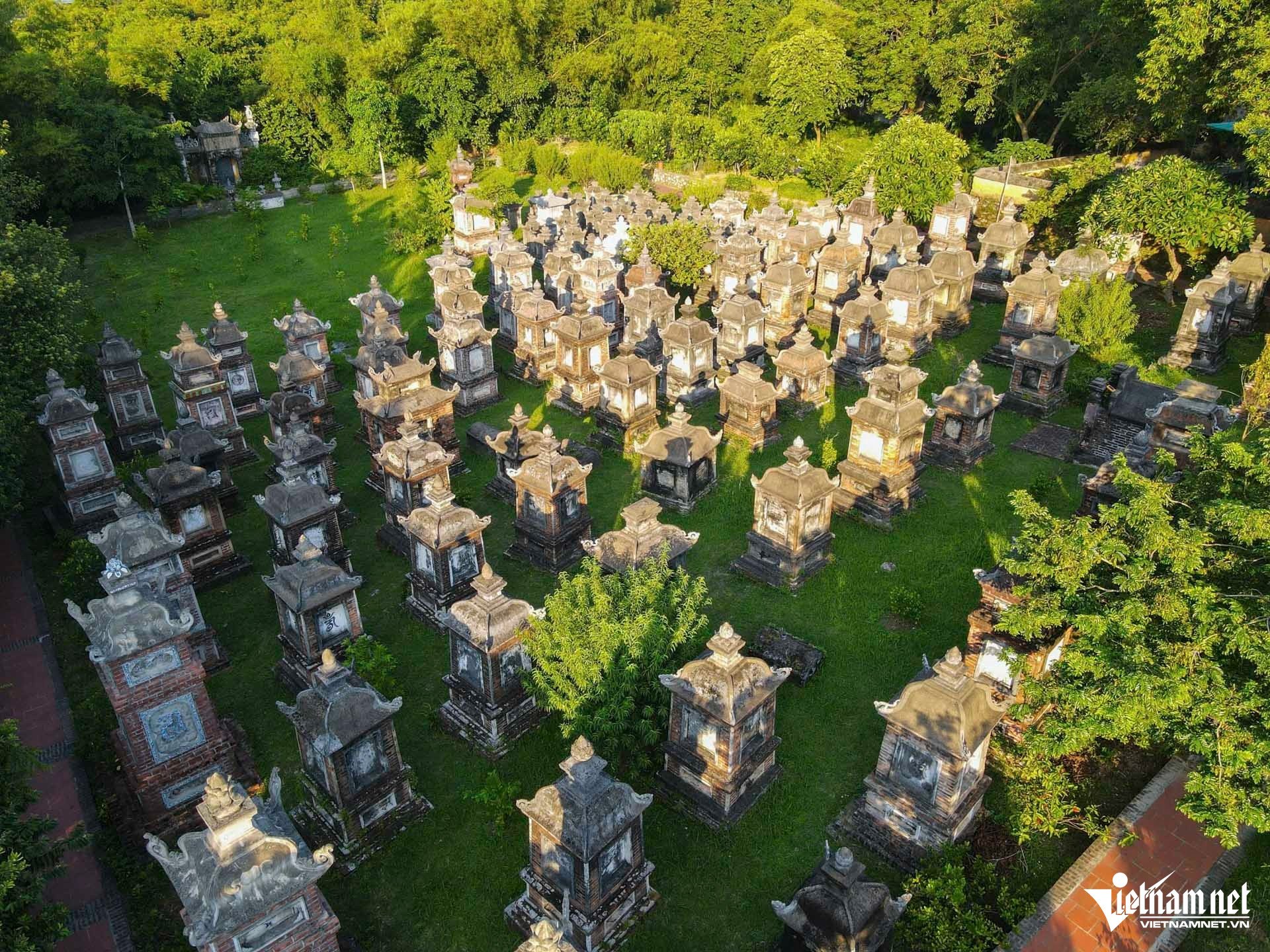
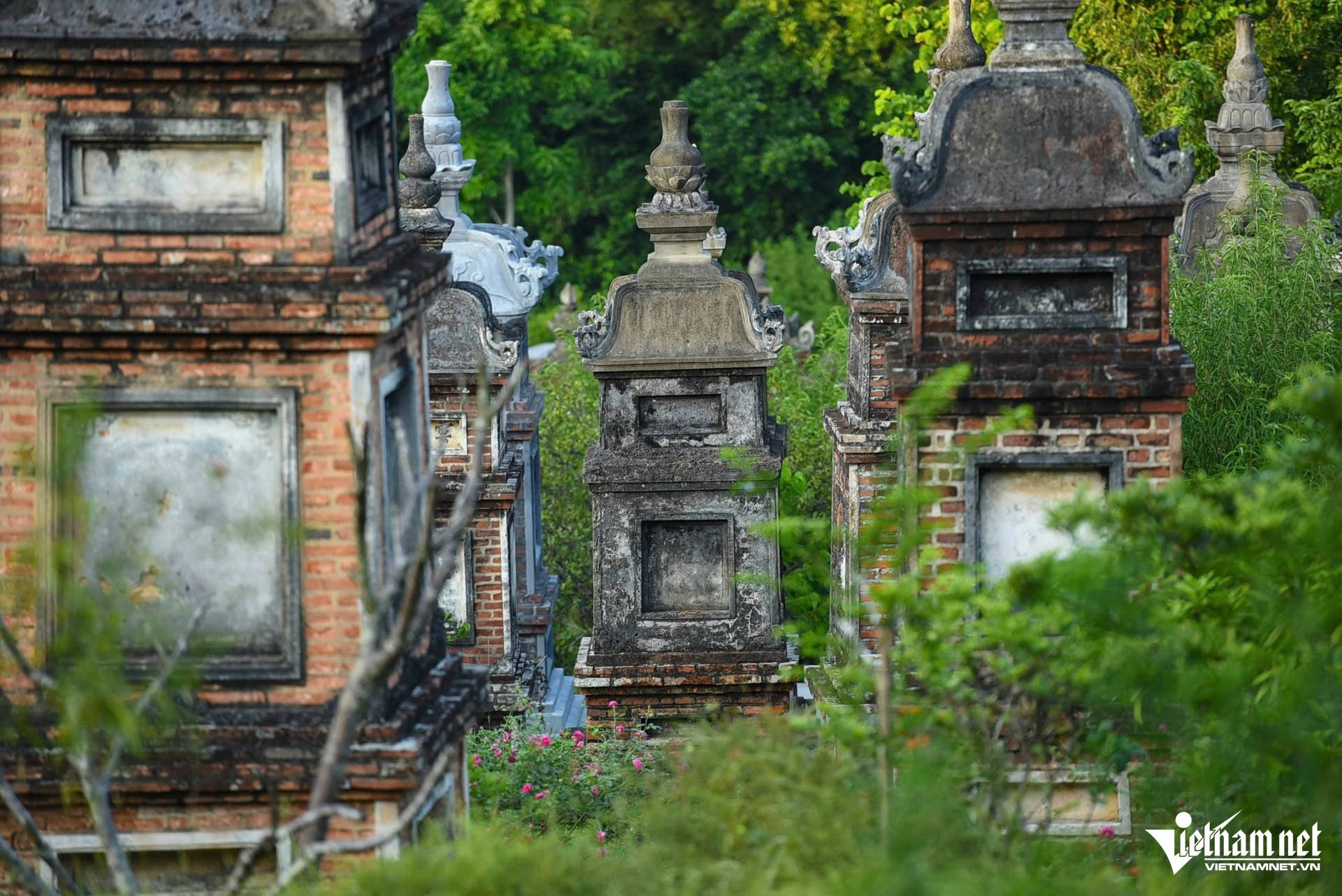

![[Photo] Closing Ceremony of the 10th Session of the 15th National Assembly](/_next/image?url=https%3A%2F%2Fvphoto.vietnam.vn%2Fthumb%2F1200x675%2Fvietnam%2Fresource%2FIMAGE%2F2025%2F12%2F11%2F1765448959967_image-1437-jpg.webp&w=3840&q=75)


![[Photo] Prime Minister Pham Minh Chinh holds a phone call with the CEO of Russia's Rosatom Corporation.](/_next/image?url=https%3A%2F%2Fvphoto.vietnam.vn%2Fthumb%2F1200x675%2Fvietnam%2Fresource%2FIMAGE%2F2025%2F12%2F11%2F1765464552365_dsc-5295-jpg.webp&w=3840&q=75)

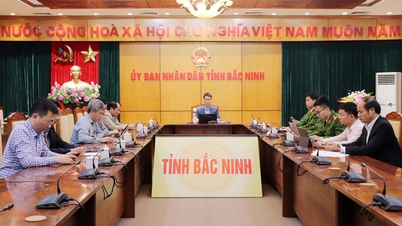



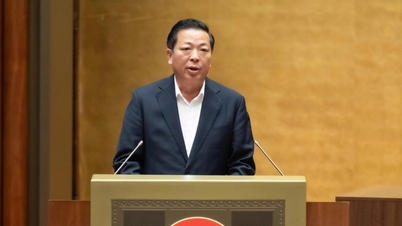

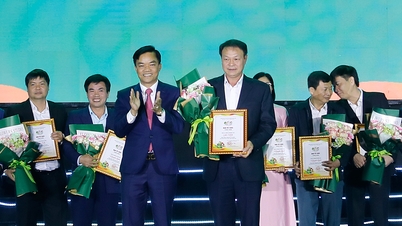
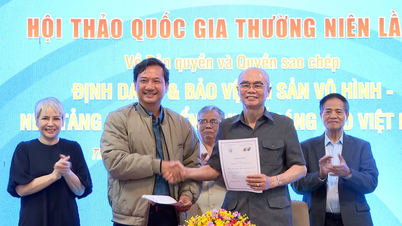

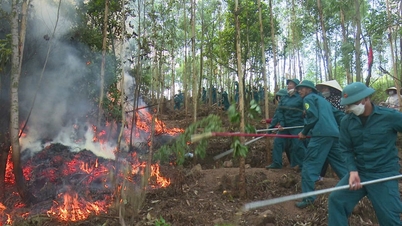
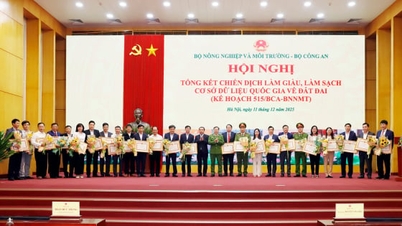

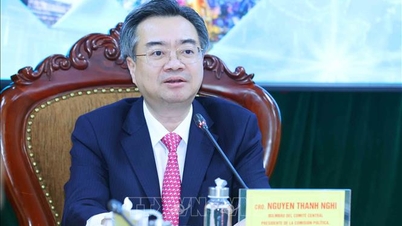


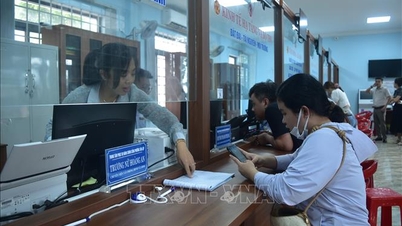

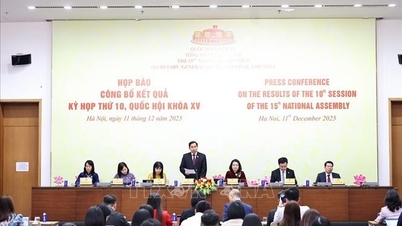










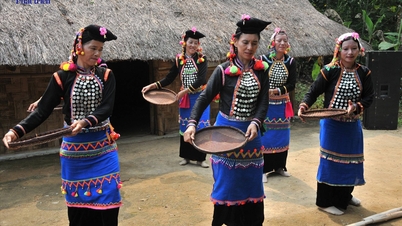

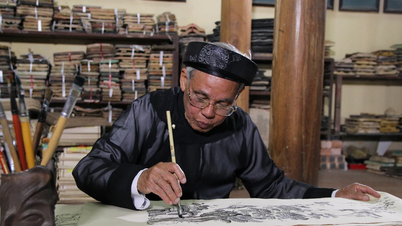

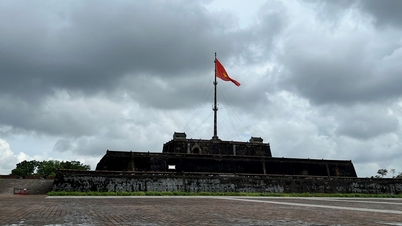

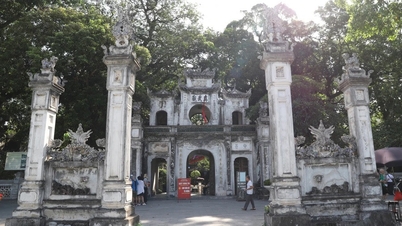



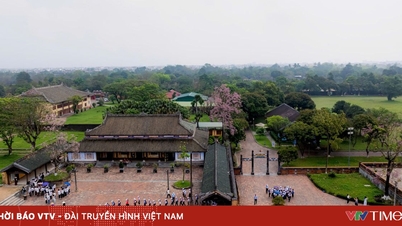





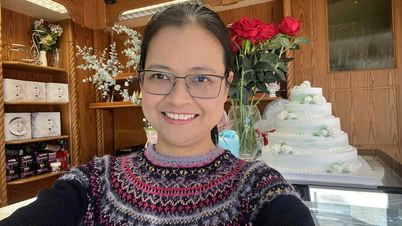

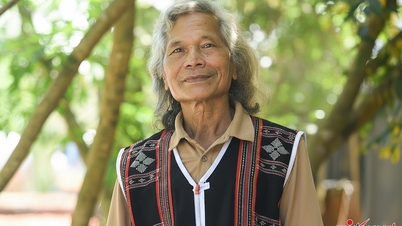


![[OFFICIAL] MISA GROUP ANNOUNCES ITS PIONEERING BRAND POSITIONING IN BUILDING AGENTIC AI FOR BUSINESSES, HOUSEHOLDS, AND THE GOVERNMENT](https://vphoto.vietnam.vn/thumb/402x226/vietnam/resource/IMAGE/2025/12/11/1765444754256_agentic-ai_postfb-scaled.png)
















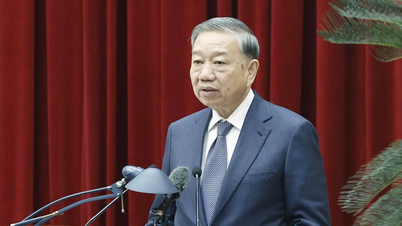

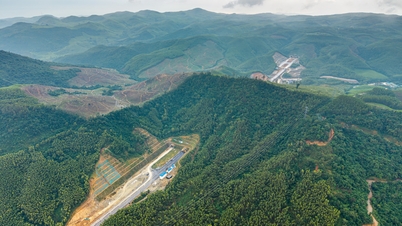





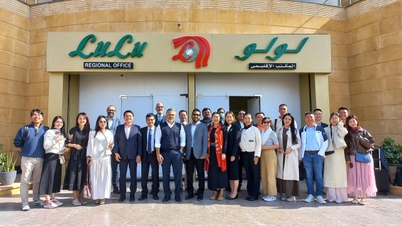












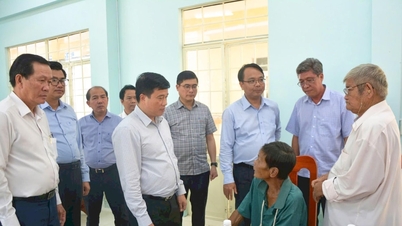














Comment (0)